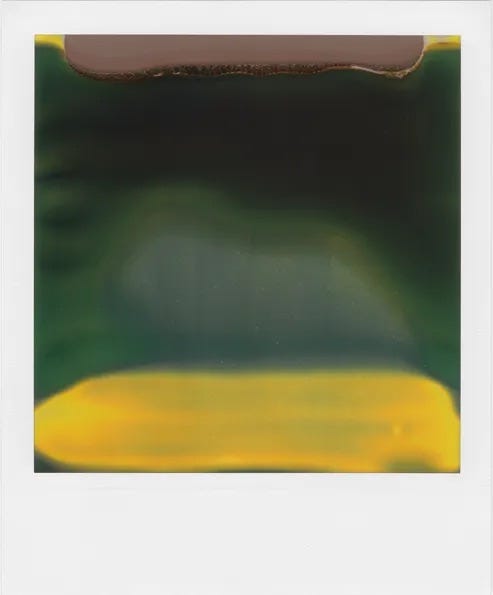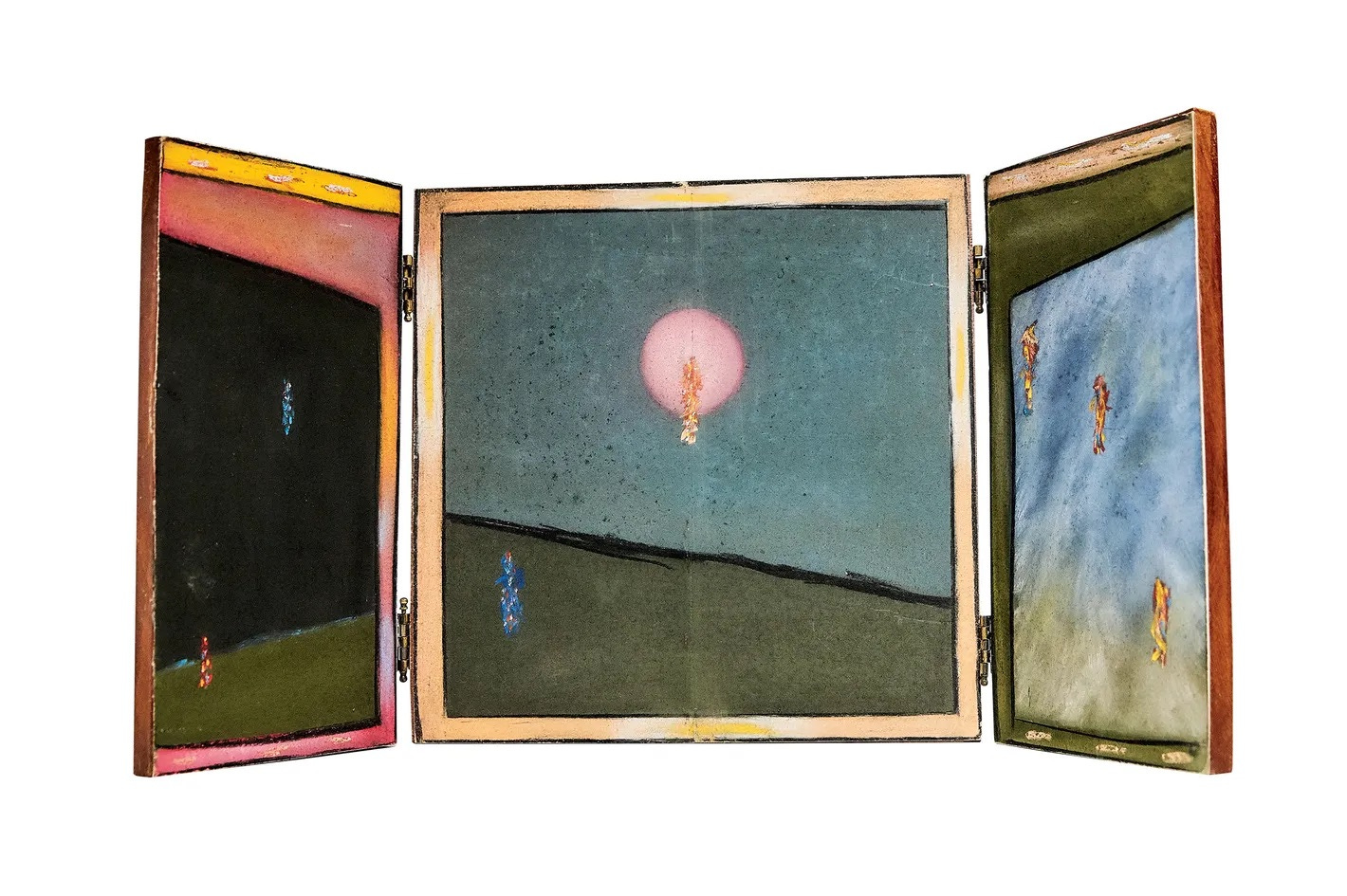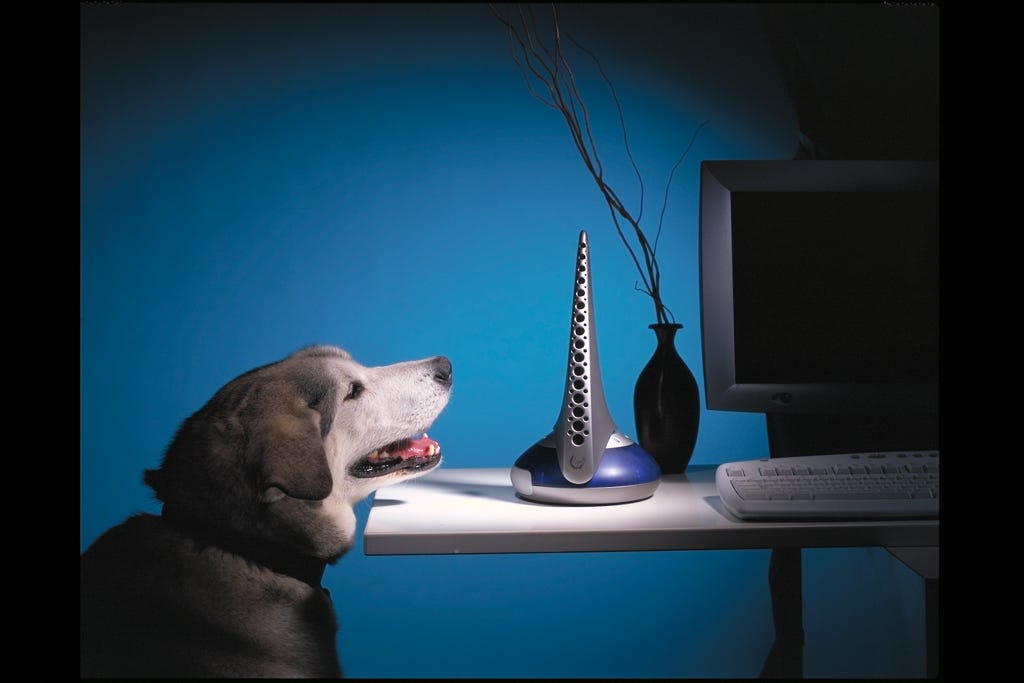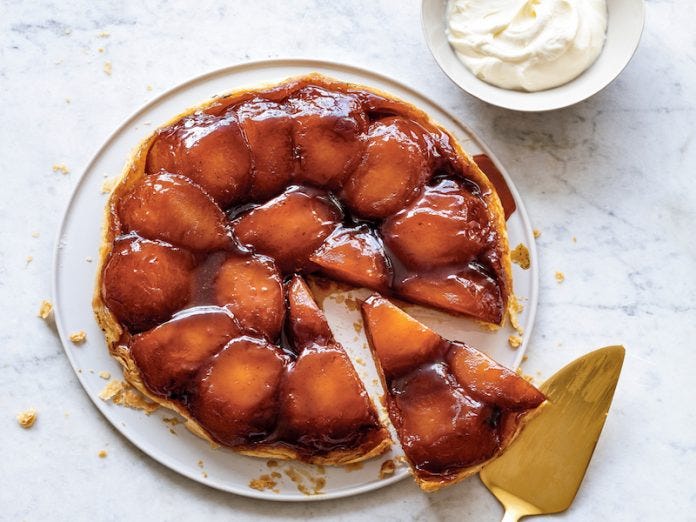
I have failed countless times, in so many areas in my life.
Just in the past few months, I was hit with a number of heavy failures. I didn’t get a job I really wanted after 6 months of interviewing for it. I didn’t make it to my father’s bedside on time before he died. I dried out my bank account. I ended some friendships.
Each of those instances felt like major failures, filled with shame and disappointment. But with time and a little perspective, I can start seeing them in a new light. Each failure has opened up a new world of possibility; and offered a good dose of humility.
Not getting the coveted job has allowed me to take time to grieve my father and adapt to this major shift in my life. Not earning money has pushed me to ask for support, and opened up a new layer of trust and intimacy in my marriage. Letting go of some of my friendships has created space for more aligned people to enter my life.
I equate failure with endings, rejection, or disapproval. Yet failure is at the heart of every creation. As John Baldessari said: “Art comes out of failure.”
Dr. Seuss was rejected 27 times, before his first book ‘Mulberry Street’ was finally published. Similarly, Stephen King threw out the manuscript for his first book ‘Carrie’ after it was rejected by 30 publishers. Thankfully, his wife rescued it and asked him to try one more time. On his 31st attempt, “Carrie” was finally published – setting King’s successful trajectory.
It seems impossible to think that films like Star Wars almost never saw the light of day (or darkness of a movie theater). Yet three major studios – Universal, Disney, and United Artists – all rejected George Lukas’ masterpiece, before 20th Century Fox finally said yes.
Often our biggest failure is not being willing to fail. The opposite of failure is not success but complacency. It’s not taking the risk we feel called to, silencing our intuition, choosing the (dis)comfort of familiarity. I’ve been guilty of this many times (and sometimes still am).
In many people’s eyes, I’ve had a successful career. I held fancy titles like “Head of…” or “Creative Director of…” I’ve worked at internationally renowned companies, alongside famous artists. But many of my career successes drove me further and further away from who I am. As I wrote in Hidden Gems, I spent years working as a “shadow artist,” as a way of not failing as an artist and writer (my heart’s truest desire).
We avoid failure at all cost, as a way to undermine disappointment – of ourselves and others. We are terrified of being rejected – an understandable threat for a social species that is so heavily reliant on connection. We are often too willing to abandon ourselves in order to not fail at a task, relationship, or social order. And yet, that’s when we really fail – when we stray away from our values and our true essence.
I recently heard that “failure is a deviation from expected results.” But the expectations are often set by our culture, our peers, our capitalistic system. Rarely do we define failure for ourselves.
When we rely on external factors – our jobs, our relationships, our social status – as a measure of success or failure, we are bound to come tumbling down the ladder of self-esteem. When we let the outside world define our worth, it will always fail us.
Seven Senses grew out of failure. After years of hiding my own writing and shying away from making art, I finally mustered the courage to submit my short stories and poetry to literary journals. I received 15 rejections.
This failure made me question my motives: what was I seeking? I wanted to write and make art. But my ego was driven by something else: approval and prestige. I could only believe my art and writing were worthy if someone else told me so. Once I let go of the ego’s motivations, I could finally focus on the soul’s pure impulse – to express and share. I didn’t need someone else to publish my work, I could do so myself. So I launched Seven Senses on Substack.
I’m finding more success – as in joy, connection, self-expression – through this monthly newsletter than in any project I’ve worked on so far. I’m discovering my audience (or they’re discovering me). And I’m building a community based on meaningful exchanges.
Receiving rejections from the literary journals I admired was not a failure. But to quit writing and making art would have been.
This month, I offer you seven ways of exploring failure through the senses – see, hear, smell, taste, touch, balance and envision. I hope it’ll help you redefine and embrace failure. In Samuel Beckett’s words:
“Ever tried. Ever failed. No matter. Try again. Fail again. Fail better.”
In Joy,
Sabrina

SEE
My Life As a Failed Artist | art critic Jerry Saltz
Read article online
There’s a plethora of books on Failure – many of which I read or skimmed through as I researched this month’s theme. But what caught my attention most was this article by the now-famous art critic, Jerry Saltz.
I used to read Saltz’ reviews in The Village Voice, years before he was awarded the Pulitzer Prize for Criticism in 2018 and then became an internet sensation through his Instagram during Covid. I always felt like Saltz was a real art lover – he feels art in his bones and his words convey this visceral feeling.
Occasionally, Saltz mentioned that he used to be an artist himself, but never expanded on it – until this article. Here, he opens up on his short-lived artist career.
What I found striking is that Saltz’s artist failure had nothing to do with external rejection or criticism. In fact, Saltz experienced booming success early on in his art career. By 1978, he had two solo shows which both sold out, with museums purchasing his work. He was positively reviewed in Artforum and awarded a generous grant by the prestigious National Endowment for the Arts Grant.
Despite these encouraging factors, his internal dialogue got the best of him:
“You don’t know how to draw,” I told myself. “You never went to school. Your work has nothing to do with anything. You’re not a real artist. Your art is irrelevant. You don’t know art history. You can’t paint. You aren’t a good schmoozer. You’re too poor. You don’t have enough time to make your work. No one cares about you. You’re a fake. You only draw and work small because you’re too afraid to paint and work big.”
A sharp reminder that our inner critic is often the harshest, and can be the source of our demise. But that self-imposed artist failure has also been the source of his success as an art critic. He’s been on both sides of the equation, offering a unique perspective to the art he reviews. He encourages artists to continue on the path he abandoned, saying:
“I want every artist, good and bad, to clear away the demons that stopped me, feel empowered, and be able to make their own work so we can see the ‘real’ them.”
HEAR
The Art of Failure | podcast by the Tate museum
Listen online
I wasn’t familiar with this great podcast until I came across the episode on Failure. Hosted by the TATE museum, the podcast series explores the process, inspiration and challenges of art-making.
The conversation on failure includes interviews with Lubaina Himid, Akram Khan, Scottee, Tracy Chevalier, and Michael Symmons-Robert. Each artist explores the meaning of failure, what they’ve learned from it, and how it’s influenced their work.
Some of them, like Akhram Khan, turned his weaknesses into strengths – what he lacked in flexibility, he gained in speed. As he advises: “Make the uniqueness you.”
Others, such as artist and activist Scottee, challenge our notion of failure. He points out that those who set the standard of failure are a limited few, often people who are “cis-gendred, white, heterosexual, wealthy.”
My favorite piece of advice (offered by Scottee):
“I think I’ve gotten to a place where failure feels punk. I’m not here to be liked, I’m here to provoke. So that position allows me to fail openly. As artists, we can't hide away from it – we should own our rubbishness when we fall flat on our face. When I’m teaching young artists, I say: go out and fail publicly and really badly and really learn from it.”
SMELL
iSmell | Internet Scent
In 2001, Joel Bellenson raised $20m to develop a cutting-edge sensory technology: the iSmell. At the height of the dotcom bubble, he felt the missing element to the internet was scent. Video game companies, Hollywood studios, and internet giants were lining up for partnerships.
The iSmell technology entailed a small device that could be hooked to any computer. Inside, tiny vials of oil were fanned out through a vent. These “primary odors”, created by a team of “scentographers”, could be combined into thousands of unique scents, from orange peels to camp fires.
They also wanted to create a “scent-enabled Web portal” called Snortal, for visitors to create and send each other their own smells.
In 2001, iSmell ran out of funding, just two years after launching its prototype. The device now regularly shows up on the list of “worst inventions of all time.”
Yet the failure hasn’t stopped others from trying alternatives. In recent years, the focus has shifted to smartphones. In 2013, the Scentee promised to bring “bursts of rose, lavender, and buttered-potato” to our phones. It flopped shortly after it launched.
Undeterred, the oPhone is now developing scent-based text messages, and the Cyrano, a “digital scent speaker”, aims to sell us “smell tracks.”
A few months ago, I also featured the work of Aisen Caro Chacin, who created a prototype of the Scent Rhythm Watch.
TASTE
Tarte Tatin | french apple pie
Growing up in France, I’ve always enjoyed the Tarte Tatin - a classic French upside down apple pie. My mother often told me the story of how this delicious dessert came to be. A baker dropped an apple pie on the ground and attempted to reassemble it, bottom up.
Recently,
shared with me a slightly different version, which she covered in her wonderful Substack “Time Travel Kitchen.”Apparently the apple pie wasn’t dropped on the floor. Or perhaps that origin story isn’t sanitary enough for today’s palette. The official story, as shared on La Maison Tatin’s site, is that the original baker left the apples cooking too long in butter and sugar. To rectify her mistake, she decided to add the pastry base on top and cook it in the oven that way. The failure was an instant success and became known as “Tarte Tatin.”
But as
points out, even that tale is debated… Some say that the dish actually existed for years as ‘Tarte Solognote,’ before the Maison Tatin claimed credit.Either way, the result is delicious and you can make your own following the recipe featured on Time Travel Kitchen’s Tarte Tatin post.
TOUCH
Museum of Failure | failed innovations
Visit their traveling exhibit
I was fascinated by this museum, which is now a traveling exhibit (currently showing in New York). Founded by Dr. Samuel West, an organizational psychologist, the museum exhibits a collection of over 100 failed innovative products.
The idea came to West as he was vacationing with his family in Croatia where he came across the Museum of Broken Relationships. He was instantly inspired to create a similar concept, but featuring failed innovations.
Those failures include the Polaroid video camera, the “Bic for Her” pens, and the more surprising Colgate frozen Lasagna. Apparently, the toothpaste company tried at some point to launch a line of frozen dinners.
For more details, I recommend this podcast interview of Dr. Samuel West from “Art of Failure.”
BALANCE
Jumbled Mantra | visual meditation by me
This month my Jumbled Mantra looks more like a floating mantra. I’m traveling and using another set of tools – offering me ways to experiment with my approach. I invite you to explore the following message:
Failure is another word for trying
As mentioned in my intro essay, I believe the opposite of failure isn’t success, but complacency. It’s easier not to fail when we play small, avoid change, live within the limits we (or others) have set. Failure entails taking risks. It requires effort. It pushes us beyond our comfort zone. Every time we dare to fail, we grow.
ENVISION
Learn Luck, Wish the Future | collage poem by me
I created a collage poem – turning failure into creation. I used a number of rejection emails I’ve received. One of them was from the coveted job I didn’t get a few months ago and the rest were literary journals where I had submitted my poetry and short stories. I printed them out and cut out the words that stood out to me. I then reassembled the letter to create an entirely new meaning – turning failure into words of encouragement and possibility, something positive and poetic.
I invite you to do the same – a little creative prompt on failure:
Find an email or letter that you equate with failure. This could be a professional rejection, a breakup note, a family’s disapproval. Anything that feels like the sting of failure. You can use multiple ones to have more word options to play with.
Cut out the words that make your heart sing. There’s beauty to be found in the most painful notes. Look for them, cut them out and put them aside.
Assemble the cut out words to create a new letter that encourages you on your chosen path.
I’d love to see what you create! You can share it on Substack Notes or email me at sabrina@sevensenses.world









I'm all about failure! I'm a pro!
At my 20th college reunion I staged a panel on failing better since I didn't want to hear everyone just bragging about their great boring successes like usual. It was so much nicer to learn from mistakes.
And also - OMG smell. I always used to say computers won't be complete until they are scratch and sniff. Who knew there was a guy out there trying to add smell. Fun.
Such touching writing, Sabrina ... giving me pause to think. I know - and I have recently started to open myself up to it - that I have avoided trying a bunch of new things because 'I only want to do things I think I'll be good at' ... a fear of (public) failure, having grown up in a competitive work environment, a hierarchy, within which you had to claw your way up. I'm older now, of course, better able to acknowledge that learning only comes with trying. Your writing is very insightful.